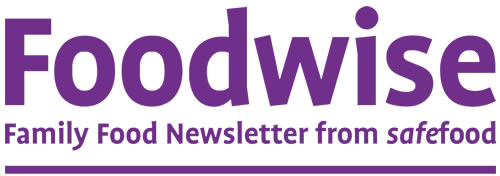Profiling for abuse of anabolic agents in meat production

- Project start date: 1 October 2005
- Project status: Completed
- Project type: Food safety
- Discipline: Food chain
- Author/s: Prof Chris Elliott, Queen’s University Belfast
- Collaborator/s: Dr Michael O'Keeffe, Teagasc Food Research Centre, Ashtown, Dublin
Research objective
Reliable and sensitive methods for detecting illegal growth promoters used in animal rearing need to be developed. It is estimated that of the 0.05% of the national herd that currently undergoes some form of testing for hormone abuse, only 0.2% of these are returned positive for hormone abuse. This contrasts the generally held belief that an estimated 10% of cattle in Europe should be testing positive for steroids. Currently there is no high-throughput, convenient and economically feasible method of screening herds to detect illegal administration of steroids and this is a limiting factor in improving detection rates. This project set out to redress this analytical deficit.
Outputs
Research report
- Title: Profiling for Abuse of Anabolic Agents in Meat Production
- Date: 21 June 2008
- Summary: Report available on request
- Findings:
In this study we have outlined an inexpensive, accurate, high throughput approach for detecting steroid abuse. This was based on biomarker and hair analysis tools that were successfully developed for this purpose.
Individual biomarkers of hormone treatment were identified from studies performed in animals experimentally treated with known growth promoter regimes. Biomarker assays were developed on biosensor platforms to measure alterations in the concentrations of these analytes in treated animals.
To complement the screening test based on biomarkers, a confirmatory test based on LC-MS/MS detection of steroid esters in bovine hair was also developed. This method is capable of detecting steroid esters in hair at below 5 μg kg-1 from 8 to 30 days post initiation of treatment.
The practical application of the techniques developed by this project to aid control of illicit use of anabolic steroids will depend on good screening procedures, such as the biomarker profiling assay for blood samples, to identify potentially treated animals, and appropriate sampling of hair from suspect animals at times and body locations close to compound administration.




